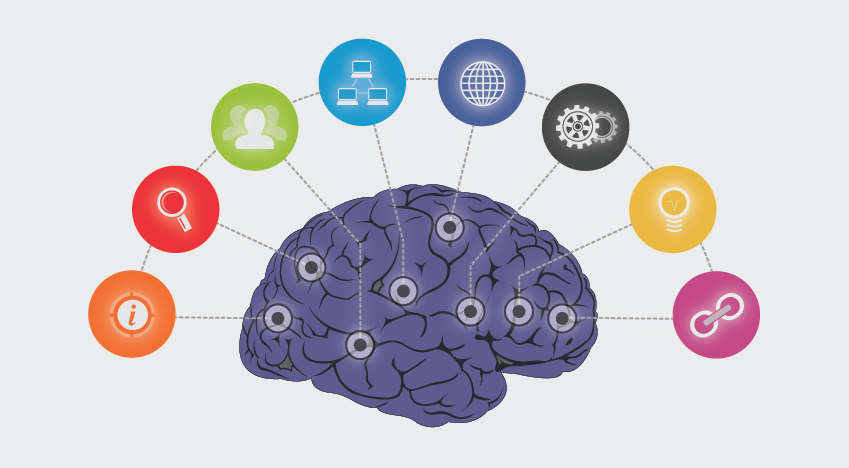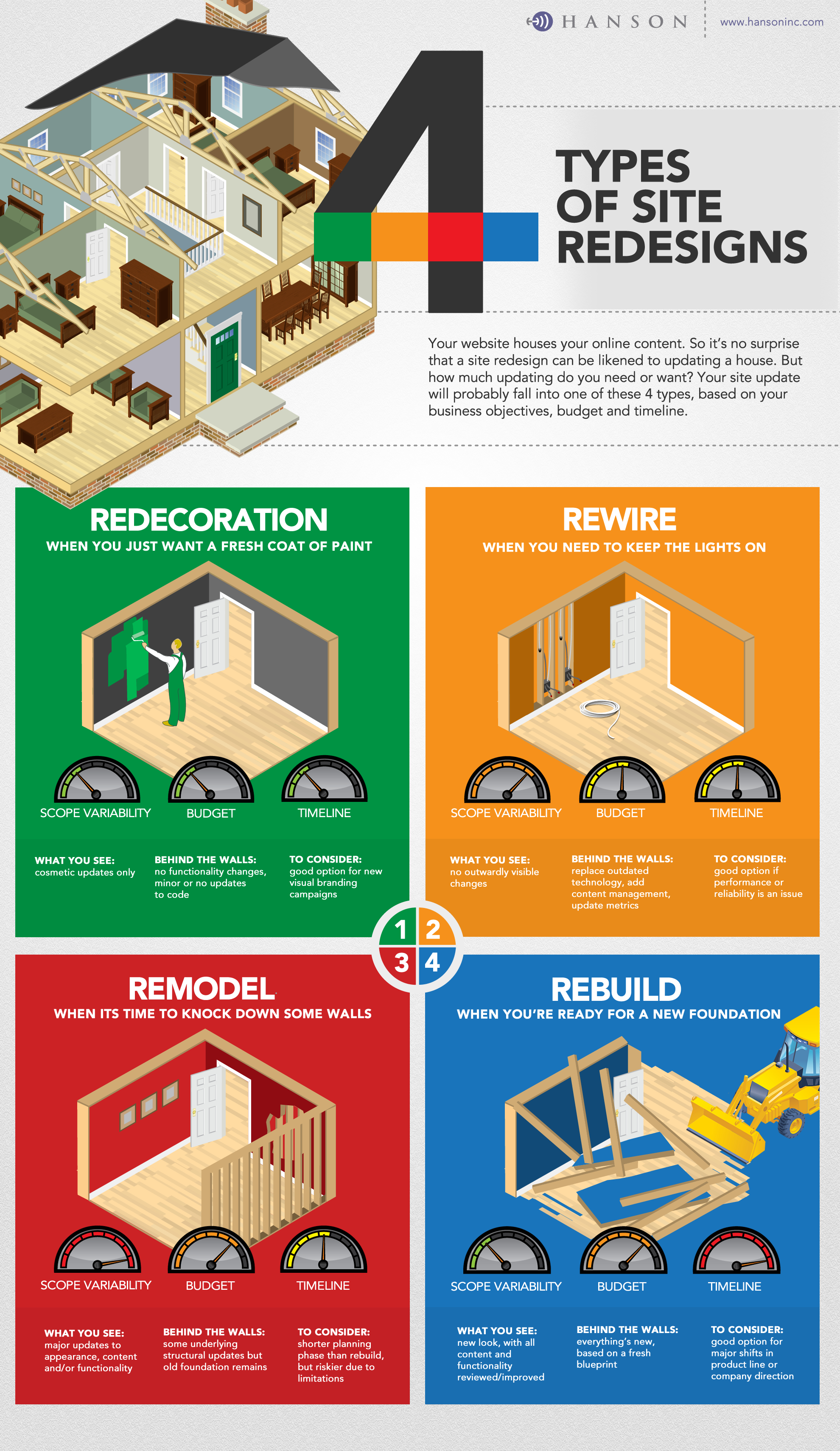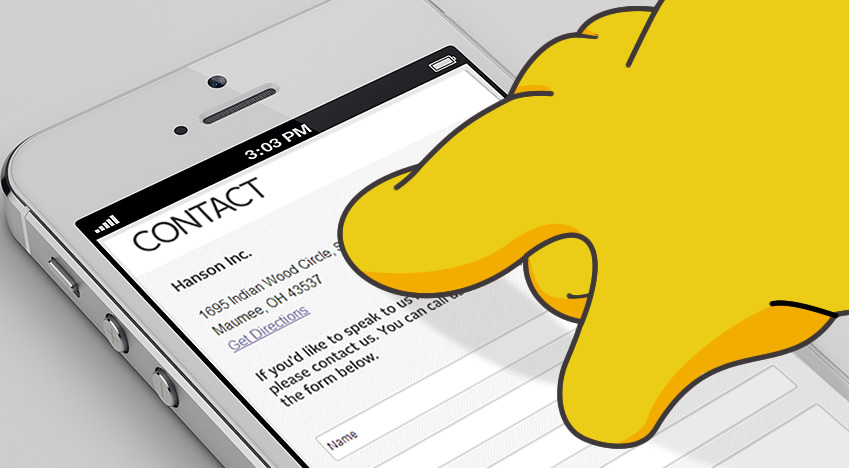On Collaboration and Recognition: Intranet Best Practices, Part 3
In part one of this blog series, we established how intranets standardize work processes and connect employees to others who can help them do their jobs. In part two, we looked at some of the best search, personalization, communications, training and support features of effective intranets. Another prime feature of great intranets is the opportunity for collaboration and recognition.
The Enterprise Value of Social Software
Tens of millions of employees around the world are using web-based tools to share information and expertise with co-workers, both within their offices and with remote users. A McKinsey research study on collaborative technologies in the workplace reported that many of these companies report significant organizational impact in increased information sharing, less hierarchical information flows, and collaboration across organization silos. But the way in which social mechanisms contribute to ROI is often indirect or unclear and therefore often undervalued.
A Harvard Business Review article, “The Enterprise Value of Social Software,” outlines the idea that social software is a “key enabler of the move from push to pull.” Social software creates the ability to access information in a clear, structured way. Tagging of content, content sharing, commenting/voting and creating stronger user profiles (via people continuously using the system) allows a person to use these mechanisms to attract the right content to them, for whatever their specific need.
To reap the benefits of a more socialized employee experience, it’s certainly important to point out that governance, change management, and ongoing community management and curation/pruning is necessary, and while it may be easy to add this functionality alongside the existing intranet, expecting the software alone to bring the result is not a good approach.
Collaboration via Quick Updates
Speaking of the easy approach to adding social functionality, a popular mechanism for collaboration is the asking of questions, having conversations and sharing of information through short updates with everyone, with a small group, or even with one other individual (replacing email), a la Twitter. Yammer and Salesforce Chatter are two systems designed to allow this, and are like Twitter, but with more and growing capabilities. A Salesforce.com survey from November 2010 reported that companies using Chatter had promising results: 27% fewer meetings, 30% email reduction, 39% increase in collaboration, 52% finding information faster.
Team Work Spaces
The performance of a team is directly correlated to the ability of working together yet independently, while supporting each individual’s tasks at hand. Team spaces need to be dynamic and allow the integration of content/assets, group tasks, deadlines and milestones, along with the ability to attach asynchronous communication to content being worked on or stored. To support individuals, team spaces need knowledge of what each person is doing elsewhere, to manage overall resources and timelines. Encouraging contributions to enterprise content is critical, but don’t overlook that administration and effectiveness of a workspace solution is heavily tied to the ease of use for those who add content; this needs to be a primary consideration before selecting a specific technology.
We love talking about intranets! Whether you need help building internal support for a new intranet or you’re ready to start your intranet redesign, we’d be glad to assist. We can set up a web conference to review your project, or answer specific questions on how you can make your company’s most important asset the best it can be.
Contact us!
Idea Sharing and Innovation Management
The total organization’s performance must tap into the collective wisdom of all employees. No assumption should be made that those in a given team or department are the only experts on that topic. A form of knowledge sharing that is cross-company is the “crowdsourcing” everything from innovative new ideas to changes in companies.
PricewaterhouseCoopers launched “iPlace,” (WSJ subscription required to view the link) an idea-management site, in 2009. Employees can post and vote on ideas, and senior managers review all ideas within 30 days of submission and notify the employee of the idea status. As noted in October 2011, about 60% of the firm’s 32,000 U.S. employees have submitted, commented or voted on ideas. 140 of 3,300 new ideas have been implemented. The firm reports that one idea saved the company “hundreds of thousands” of dollars.
Dell’s EmployeeStorm (on the same Salesforce platform as their IdeaStorm) has also shown positive outcomes, and is still in use after almost 5 years.
Recognition and Rewards
Huge opportunities exist to intranets and other digital systems to create a more connected and engaged workforce. One common form of recognition is publicly posting work anniversaries and touting notable achievements by employees. But there are many other methods of recognizing positive employee contributions and further increasing motivation. Rypple (Editor’s Note: now Work.com by SalesForce) is a “social performance management” platform designed for this purpose. Then there’s gamification. I’ll speak to the benefits of and considerations for that another day.
So collaboration and recognition are key opportunities for intranets. But, like the other features discussed in this series, the most effective intranets pay very close attention to governance. That will be the focus in the fourth and final installment of this series.




